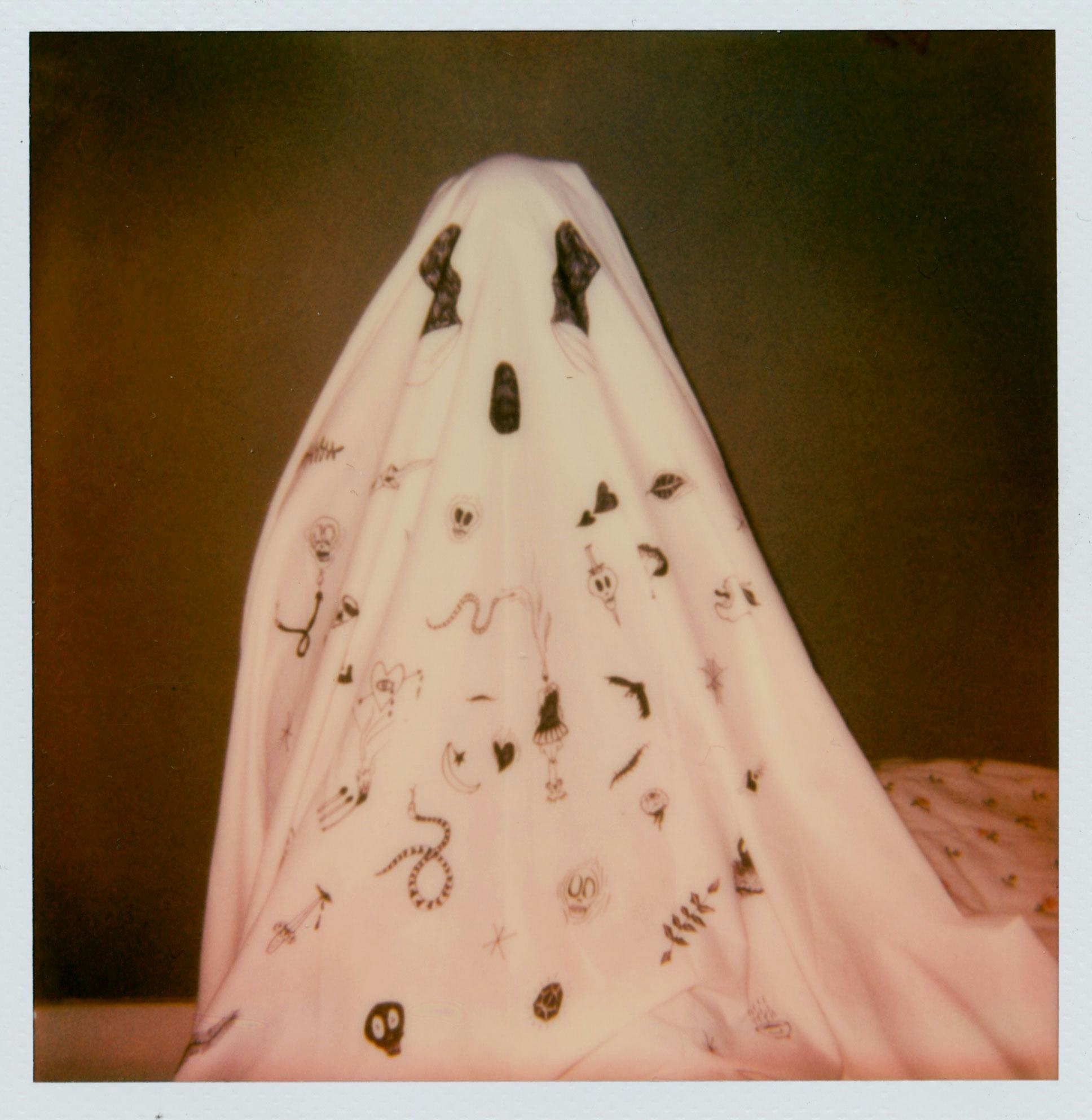
Two original guidebooks to the zoo ('The Visiters' Companion to the Zoological Gardens with numerous illustrations', dated 18 according to the catalogue) can be viewed in Edinburgh’s Central Library, and – as part of an entry on the orangutan – include a curt dismissal of the thought that Man and Ape could be related. Other sources than Grant suggest that these creatures in particular fared poorly in Broughton’s climate, many succumbing to tuberculosis, others dropping dead during the noisy battle re-enactments. Within living memory, a resident of West Annandale Street, who had decided to replace the poor soil in his front garden, was surprised to discover a large number of monkey bones in the ground.


Here, too, was Wood’s Victoria Hall, a large timber-built edifice for musical entertainments, which was open till about 1857. Among the last animals here were two magnificent tigers, sent from India by the then Governor-General, the Marquis of Dalhousie, and afterwards, we believe, transmitted to the Zoological Gardens in London. Unfortunately or otherwise the gardens proved a failure. Where now Claremont Terrace and Bellevue Street are erected in Broughton Park, there existed, between 18, the Zoological Gardens (a small imitation of the old Vauxhall Gardens in London), where the strorming of Lucknow and other such scenes of the Indian mutiny used to be nightly represented, the combatants being parties of soldiers from the Castle, the fortifications and so forth being illuminated transparencies.

James Grant, in Old and New Edinburgh (1880), writes of the neighbouring zoo:

Maps suggest the building was demolished at some point between 18. Tweedale was the daughter of Robert Chambers, and lived as a girl in Claremont Crescent.


 0 kommentar(er)
0 kommentar(er)
